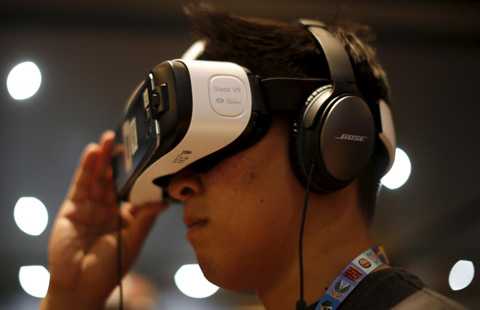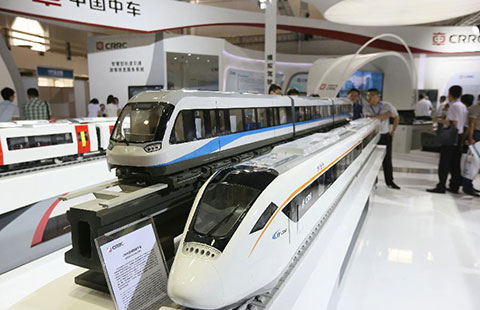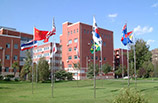How the economic crash theory crashed in the West
By Dan Steinbock (China Daily) Updated: 2015-06-15 09:22For a quarter of a century, China's economic crash theory has been a lucrative cottage industry in the West. But there is a reason why certain times favor the doomsayers.
At the turn of the millennium, the economic crash theory was exemplified by Gordon Chang's The Coming Collapse of China (2001). In reality, that's when China became a member of the World Trade Organization and growth soared to double digits until the West's financial crisis in 2008-09. So any investor who took the theory seriously lost big time.
After the crisis, new concerns surfaced. Since China relied on export-led growth and world trade plunged, the crash prophets predicted the collapse of its economy. The truth is, as demand in the West plunged, so did China's import growth. China adjusted to a new, but far more challenging environment.
Then came the concerns over the overheated property market. In a January 2010 interview with The New York Times, hedge fund short-seller James Chanos predicted the Chinese economy would crash, resembling "Dubai 1,000 times-or worse". But still China did not crash. Instead, the "hard-landing" prophecies were offset by realities of "slow landing", as I argued at the time.
Today, as the world economy is anxiously preparing for US interest rate hikes, the crash oracles are in fashion again, as evidenced by scholar David Shambaugh's article, "The Coming Chinese Crackup", in The Wall Street Journal in March. It was followed by The Washington Post columnist Robert Samuelson's "China's coming crash?" recently.
Some of these recurrent predictions are more cautiously worded, others are misinformed or flawed, and some are simply biased. But they all share a common denominator. They peak amid challenging economic times in the West, not always in China. For some crash theorists, China is a convenient scapegoat for economic challenges in the West.
Certainly, China has challenges of its own. But how serious are they?
Last year, China's growth rate was 7.4 percent, the slowest since the global financial crisis. In the spring, the economic data signaled slowing manufacturing, disinflation and depreciation pressures fueled by capital outflows. So the People's Bank of China has cut the required reserve ratios and interest rates, while the government has revived targeted mini-stimulus policies.
In the second quarter, China's growth rate may decrease to 6.6 percent, and below 6.5 percent in the third quarter. The annual growth is expected to be slightly less than 7 percent, within the target bounds. As the policy rate is being cut closer to 2 percent, consumer inflation, too, is expected to climb from the low of 1.4 percent in the first quarter to 2.5 percent at the end of the year.
Internally, China's deceleration reflects the eclipse of the demographic transition as the share of working-age people in the total population has been on the decline since 2010. Externally, it signals slower demand in the stagnating advanced economies. However, the Belt and Road Initiative supports economic integration across Asia and beyond. Moreover, the China-proposed Asian Infrastructure Investment Bank will strengthen demand for raw materials and commodities in the region.
- Last traditional dragon boat maker in Chengdu
- Chinese securities trader launches largest domestic IPO
- China's startups boom as money pours in
- China's cross-border e-commerce booms
- Chinese firms interested in purchasing bulk Vietnamese farm produce
- The renminbi deserves SDR recognition
- Wide wealth gap despite average salary rises
- China's housing market continues to show signs of life

















